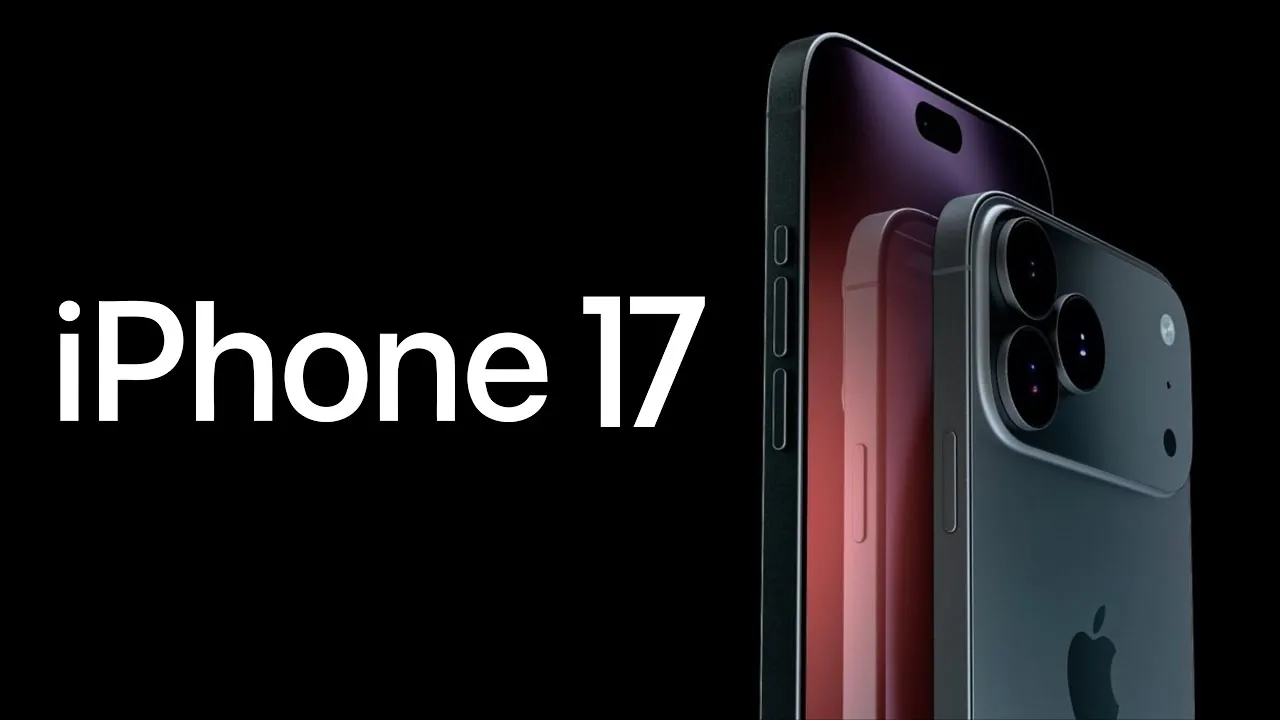iPhone 17 leak: Apple’s next-gen iPhone 17 is already creating buzz ahead of its launch. While excitement always surrounds the Pro versions, it’s the standard iPhone that appeals to the masses. Recent leaks about display changes in the vanilla iPhone 17 have fans and tech enthusiasts paying close attention. With upgrades that could finally rival Android competitors, the iPhone 17 may become more appealing without going Pro.
iPhone 17 to Pack a Bigger 6.3-inch Screen
The regular iPhone has traditionally held on to a 6.1-inch screen ever since iPhone XR days. It was this consistency that allowed Apple to keep a small form factor that most users adore. But 2025 appears to be the year of change. As per display analyst Ross Young, Apple intends to bump the iPhone 17’s screen size up from 6.1 inches to 6.3 inches. This change would put it on par with the rumoured iPhone 17 Pro’s screen size, removing one of the key distinctions between the two models.
A larger screen on the base iPhone might enhance the media experience and offer more screen real estate for multitasking. However, it could also alter app aspect ratios and affect usability for those who prefer a smaller device. For comparison, the new iPhone 17 Air is expected to come with a 6.5-inch display, while the Pro Max may go up to 6.9 inches. This puts the standard model right in the middle of the lineup in terms of screen size.
120Hz Refresh Rate Could Be a Game Changer
For years, the standard iPhone models have lagged behind the Pro series when it comes to smoothness and screen technology. That may soon change. Apple is reportedly planning to bring a 120Hz OLED display to the iPhone 17, matching the refresh rate of the ProMotion display on the Pro models. This would significantly improve scrolling and animation performance, making the base model feel much smoother to use.
However, there’s a catch. The iPhone 17 Pro is still likely to feature superior display tech, particularly in terms of power efficiency. While both may run at 120Hz, the Pro model is expected to retain variable refresh rate technology. This allows it to dynamically switch between refresh rates to save battery life. The standard iPhone 17, on the other hand, might miss out on this feature, leading to higher power consumption during use.
What It Means for iPhone Buyers in 2025
Apple’s move to narrow the gap between the standard and Pro models may leave consumers with a tougher decision. If display size and refresh rate are no longer exclusive to the Pro variant, many might find little reason to spend more. However, Apple could still limit features like variable refresh rate, camera hardware, or build quality to ensure a difference in user experience and justify pricing.










